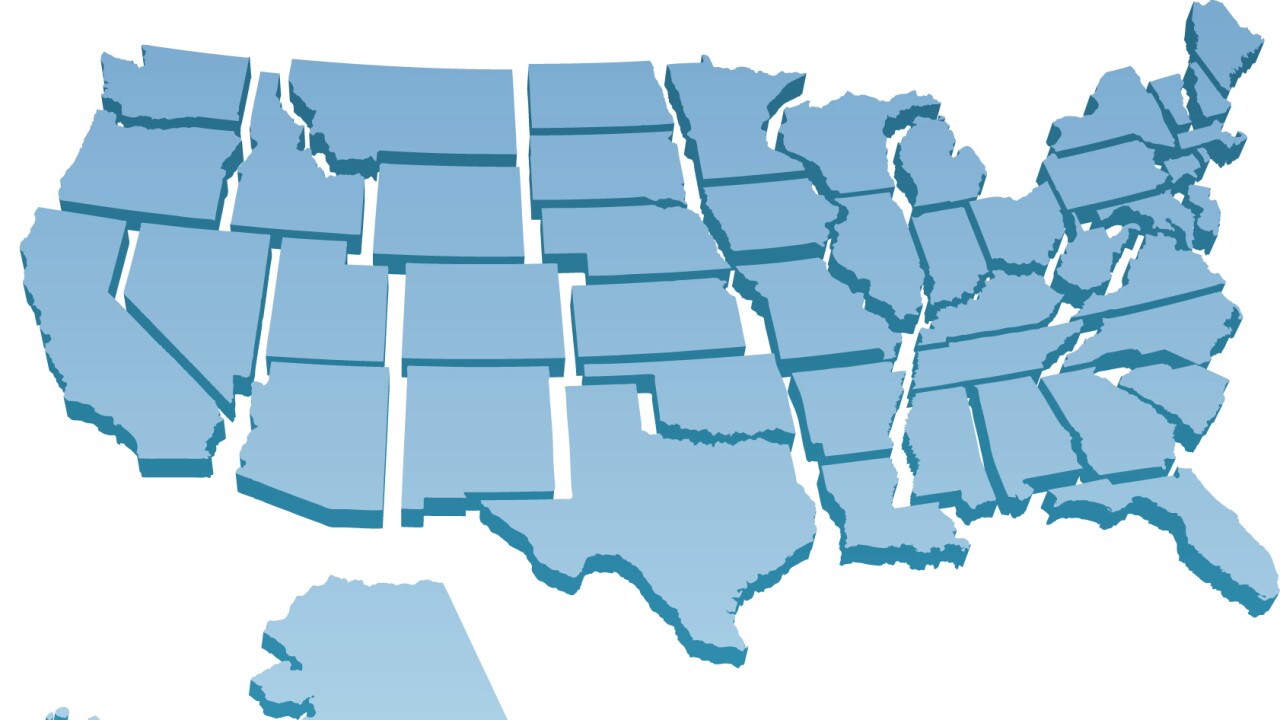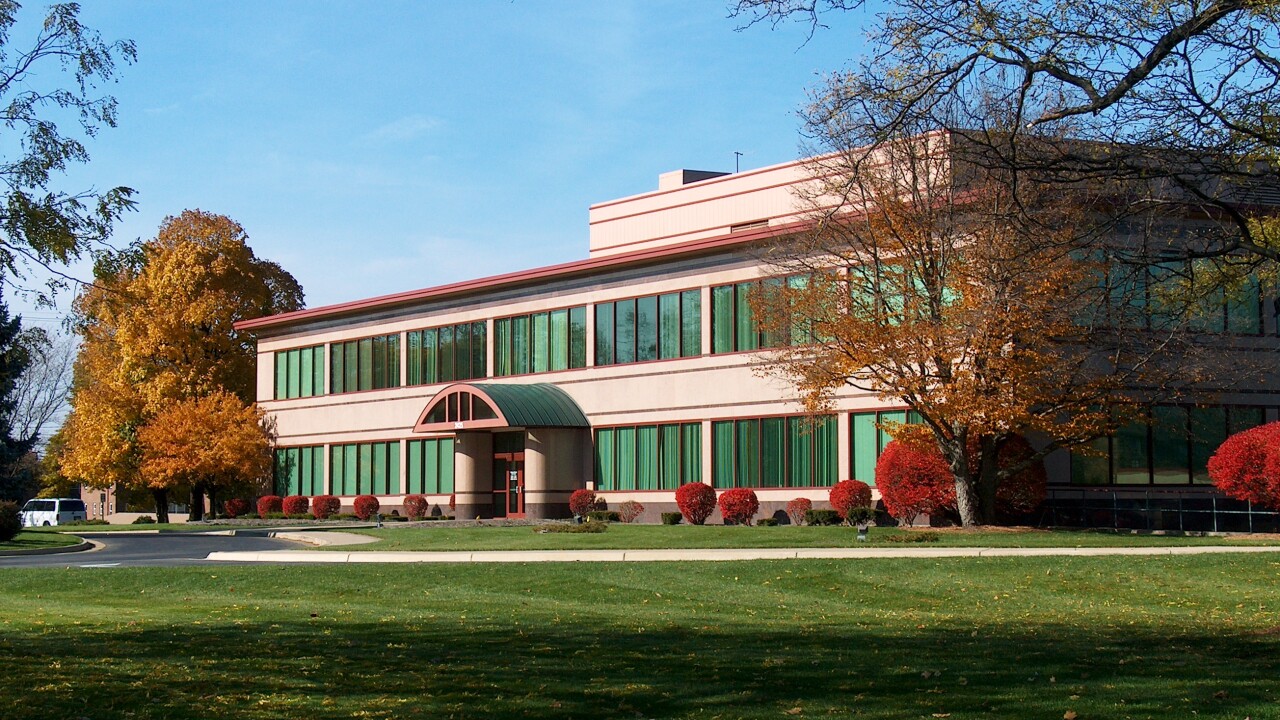(Bloomberg) Consumer spending in the U.S. rose in January even as incomes dropped by the most in 20 years, showing households were weathering the payroll-tax increase by socking away less money in the bank.
Household purchases, which account for about 70 percent of the economy, climbed 0.2 percent after a 0.1 percent gain the prior month, a Commerce Department report showed Friday in Washington. The median estimate in a Bloomberg survey of 76 economists called for a 0.2 percent advance. Incomes slumped 3.6 percent, sending the saving rate down to the lowest level since November 2007.
Employment gains, the rebound in housing and growing demand for autos will probably keep supporting consumer spending in the first quarter as the world’s largest economy picks up from an end-of-year slowdown. Even so, rising gasoline prices and the need to rebuild nest eggs may make it difficult for households to match last quarter’s performance.
“It’s going to be touch and go for the consumer for the next few months,” said Ryan Sweet, a senior economist at Moody’s Analytics in West Chester, Pa., who correctly projected the 3.6 percent drop in income. “The consumer is going to be able to support the recovery, but they’re not going to be able to take it” to a higher level.”
Projections for spending ranged from a drop of 0.2 percent to a 0.4 percent gain. The Bloomberg survey median called for incomes to fall 2.4 percent.
The slump in incomes in January was the biggest since January 1993 and followed a 2.6 percent jump in December. Some companies paid dividends and employee bonuses earlier than usual before tax rates went up this year, removing a gain usually seen in January. The Commerce Department estimated the January level of wages was reduced by about $15 billion and December was boosted by about $30 billion, reflecting the timing of the bonuses.
The saving rate dropped to 2.4 percent from 6.4 percent.
Disposable Income
Disposable income, or the money left over after taxes, dropped 4 percent after adjusting for inflation, the biggest plunge since monthly records began in 1959. The drop also reflected the lapse of the payroll tax holiday. Excluding the effect of the tax and other special factors such as the timing of bonuses and dividends, disposable personal income would have increased 0.3 percent in January, the same as in December, the report said.
Adjusting consumer spending for inflation, which renders the figures used to calculate gross domestic product, purchases rose 0.1 percent in January for a second month, Friday’s report showed.
Consumer purchases grew at a 2.1 percent annualized pace in the fourth quarter, up from 1.6 percent in the previous three months, as Americans bought more durable goods including automobiles.
The economy grew at a 0.1 percent rate from October through December, less than forecast, as companies reined in gains in inventories and national defense outlays dropped 22 percent, the biggest since 1972, Commerce Department data showed yesterday.
Little Inflation
Friday’s report showed a price gauge tied to consumer spending, which are the figures tracked by Federal Reserve policy makers, was little changed in January from the prior month. Over the past 12 months prices rose 1.2, the smallest year-to-year gain since October 2009. The rate compares with the central bank’s goal of 2 percent.
Excluding food and energy costs, prices climbed 1.3 percent in January from the same month in 2012, the smallest year-to- year gain since April 2011.
Little inflation, combined with sluggish growth, mean Federal Reserve policy makers are likely to continue unprecedented monetary easing measures.
“Available information suggests that economic growth has picked up again this year,” Bernanke said earlier this week in testimony to the Senate Banking Committee in Washington.
Still, Bernanke cited an estimate from the nonpartisan Congressional Budget Office that the spending cuts known as sequestration will cause a 0.6 percentage-point reduction in growth this year.
‘Significant’ Burden
“Given the still-moderate underlying pace of economic growth, this additional near-term burden on the recovery is significant,” he said.
The expiration of the payroll tax cut in January, coupled with climbing gasoline prices, are trimming discretionary income and may damp household purchases in the first quarter.
Congress and President Barack Obama allowed the payroll tax to return to its 2010 level of 6.2 percent from 4.2 percent at the start of the year, which means an American who earns $50,000 is taking home about $83 less a month.
The average price of a gallon of regular gasoline at the pump rose to $3.78 on Feb. 27, little changed from the previous day’s rate that was the highest in more than four months, according to AAA, the biggest U.S. motoring group.
On a brighter note, sentiment is rebound as employment grows. The Conference Board’s sentiment index jumped in February from a revised 58.4 in January, data from the New York-based private research group showed this week. The measure’s 11.2- point jump was the biggest since November 2011, offsetting much of the almost 15-point slide over the previous three months.
Interest Rates
Interest rates hovering near record lows and growing availability of credit are buoying the auto industry, including Fort Lauderdale, Florida-based AutoNation Inc., the biggest dealership group in the U.S. Attractive financing may push sales comfortably above 15 million this year, the highest since 2007.
“We have the best financing available for our customers ever,” Mike Jackson, chief executive officer of AutoNation, told a J.D. Power & Associates conference this month in Orlando, Florida.
Cars and light trucks sold at a 15.2 million annual rate in January after 15.3 million in December, according to data from Ward’s Automotive Group. Including November’s 15.5 million rate, auto sales over the past three months have been the strongest in five years.
—With assistance from Craig Trudell in Southfield, Michigan. Editor: Carlos Torres





